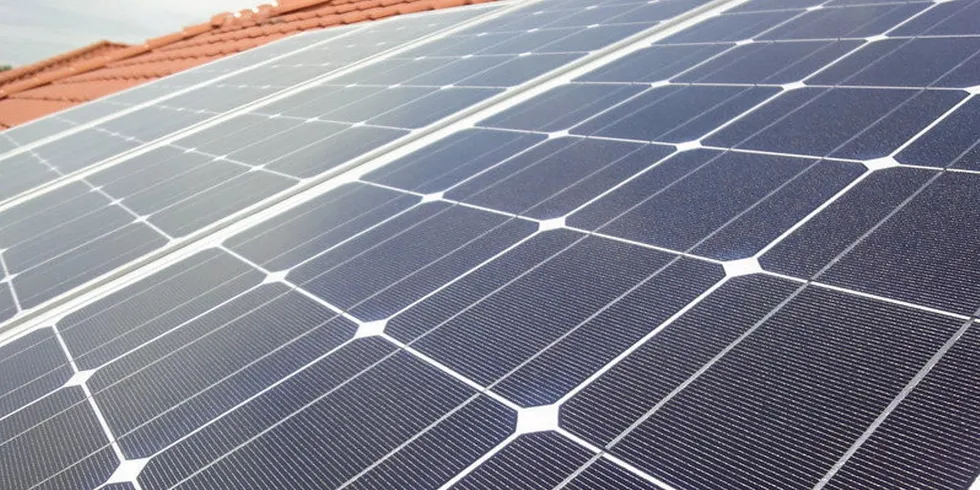'Opposing dynamics': growing supply chain woes cloud US solar power progress
Supply constraints and cost increases across market set to depress installations by 25% over the next 12 months, says SEIA-WoodMac quarterly sector report

Supply constraints and cost increases across market set to depress installations by 25% over the next 12 months, says SEIA-WoodMac quarterly sector report
